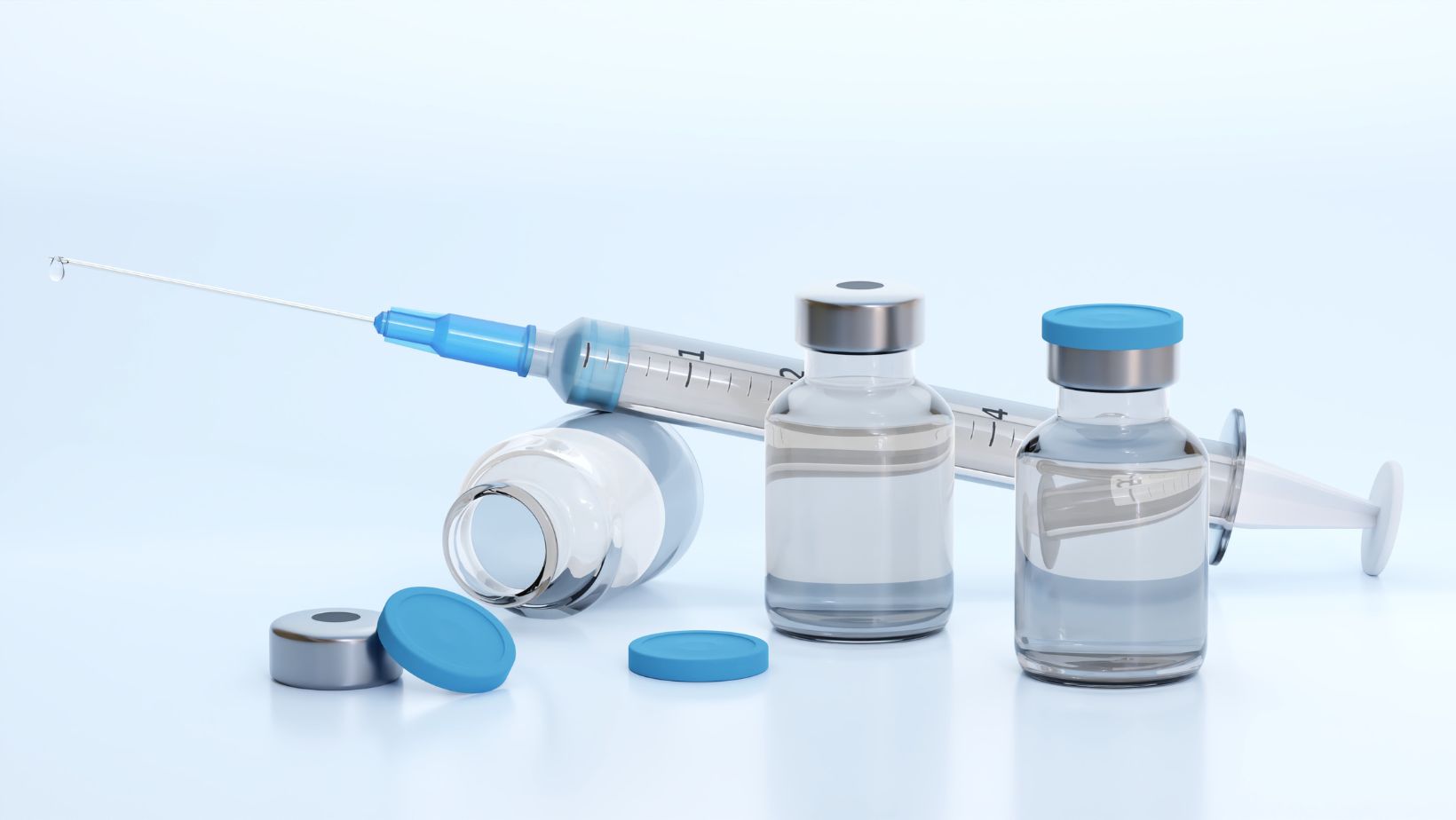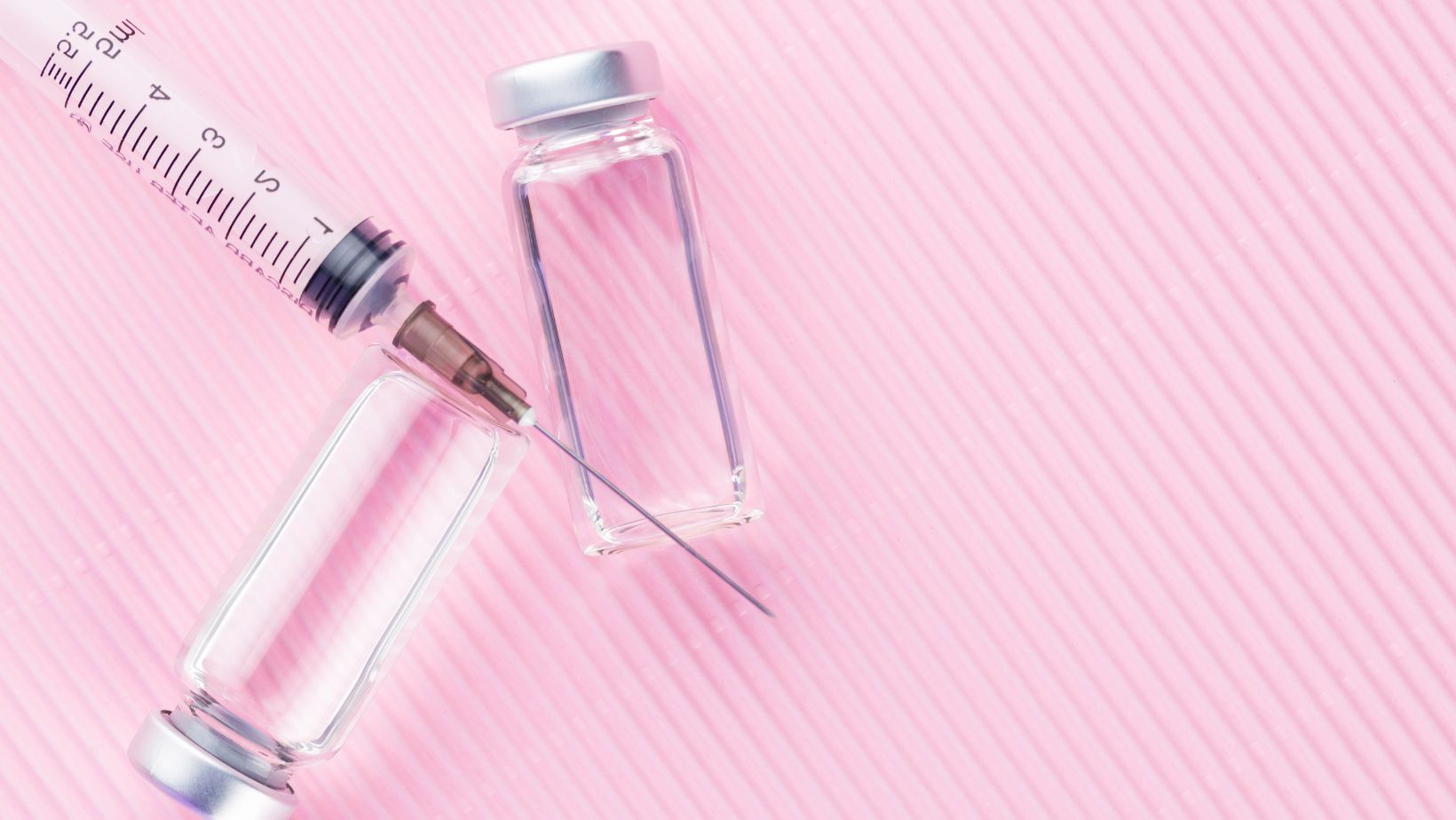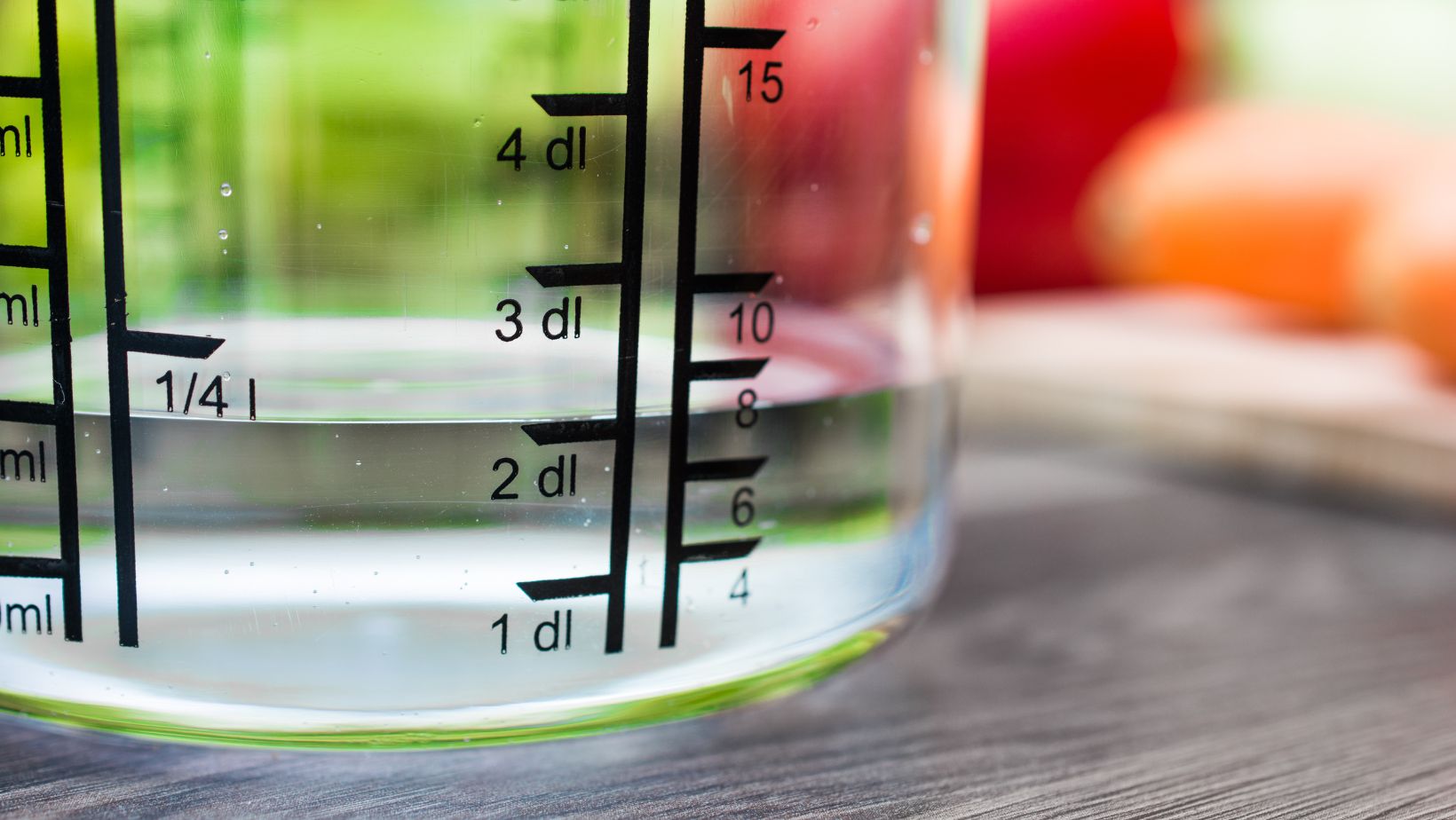Measure How Many mg in a 3 mL Syringe

How Many mg in a 3 mL Syringe
Are you curious about how many milligrams (mg) are in a 3 ml syringe? Well, let me break it down for you. When it comes to measuring medication or substances, the milliliter (ml) measurement refers to volume, while the milligram (mg) measurement refers to weight or mass.
In most cases, the conversion from ml to mg depends on the density of the substance being measured. Since density varies between different medications and substances, there is no universal answer to how many mg are in a 3 ml syringe without knowing the specific substance involved.
It’s important to consult the packaging or label of your medication or substance to determine its concentration. This information will typically be provided in terms of mg/ml. Once you have this information, calculating how many mg are in a 3 ml syringe becomes simple arithmetic by multiplying the concentration (mg/ml) by the volume (ml).
Understanding these basic principles will help ensure accurate dosing and administration when using a 3 ml syringe. If you’re uncertain about any aspect of dosage calculations or need further guidance, always reach out to your healthcare provider or pharmacist for clarification.

Understanding Milligrams and Milliliters
When it comes to measuring medications and liquids, understanding the relationship between milligrams (mg) and milliliters (ml) is crucial. While both units of measurement are used in the medical field, they serve different purposes.
Milligrams refer to the weight or mass of a substance, specifically one thousandth of a gram. On the other hand, milliliters measure volume, representing one thousandth of a liter. It’s important to note that these measurements are not interchangeable since weight and volume are distinct properties.
To put it simply, milligrams quantify how much medication is present in a given dose, while milliliters determine the total liquid volume in a container or syringe. This differentiation is particularly vital when administering medications accurately.
It’s worth noting that not all medications have the same concentration; thus, it’s essential to follow specific dosing instructions provided by healthcare professionals or indicated on prescription labels. Always consult with your doctor or pharmacist if you have any doubts about how much medication should be administered using a particular syringe size.
In conclusion, understanding the distinction between milligrams and milliliters is crucial for accurate medication administration. While both units of measurement play an integral role in healthcare settings, they serve different purposes: mg denotes weight or mass while ml signifies volume. By grasping this concept and following proper dosage instructions from healthcare providers, we can ensure safe and effective use of medications for ourselves and others.
The Conversion Factor: mg to ml
When it comes to understanding the conversion factor between milligrams (mg) and milliliters (ml), it’s important to grasp the relationship between these two units of measurement. While both are commonly used in the medical field, they represent different aspects of medication dosage. Let’s dive into this topic further and shed some light on how many mg are typically found in a 3 ml syringe.
To determine how many mg are present in a given volume such as a 3 ml syringe, one must consider several factors. The concentration of the medication is key – it determines how much active ingredient is contained within each milliliter of solution. This information can usually be found on the product label or prescription instructions.
For instance, if we have a medication with a concentration of 50 mg/ml, then multiplying this value by the volume (3 ml) will give us the total amount of active ingredient in the syringe. In this case, it would be 150 mg (50 mg/ml x 3 ml = 150 mg).
It’s worth noting that not all medications have standardized concentrations. Some may require dilution before administration or come in different strengths altogether. Therefore, always consult healthcare professionals or carefully read product information to ensure accurate measurements and dosages.
Understanding how to convert between mg and ml is essential for proper medication administration and ensuring patient safety. By recognizing that mg measures weight while ml represents volume, you can confidently calculate dosage based on concentration and syringe size.
Remember, when dealing with medications and conversions, precision matters greatly – it’s always better to double-check your calculations and consult medical professionals for guidance.




